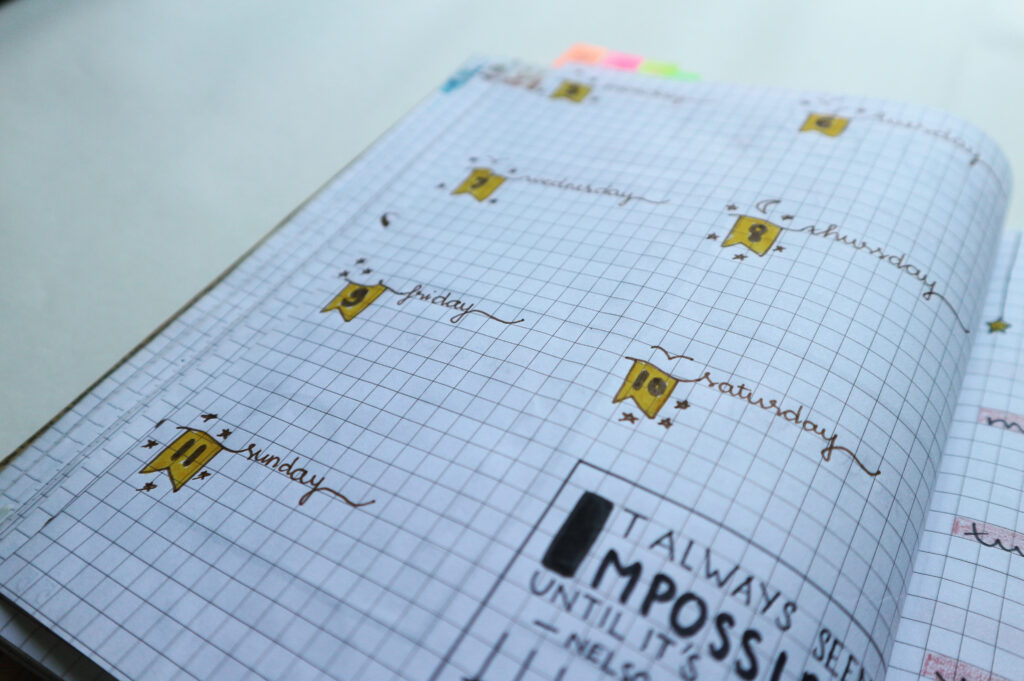By Rachel Melhorn, LCSW
We recognize the challenges many parents are facing as they are tasked with closures to businesses and schools. Below are some tips to support children who are grieving during this challenging time.
Please do not hesitate to reach out if you or your child is in need of support.

Take Care of Yourself
While cleanliness and hygiene are vitally important, be mindful of how your own hypervigilance can cause children to feel. Do you know that feeling of walking into a room full of anxious people? Your own feelings of overwhelm and panic automatically rise. Children are paying attention and when you feel overwhelmed, they likely do too. Remember that this is a challenging time for grieving children, but also for adults and caregivers. Take time to remind yourself that you are doing the absolute best that you can! While there are sure to be day-to-day frustrations with these new changes, please be kind to yourself and schedule time to recharge.

Less is More
While this is a time where staying up-to-date is important, limit the amount of news you are taking in, particularly around children. Catch up on the news when children are out of earshot distance. Keep in mind that “less is more” for kids by limiting how much you talk about the virus to only a few minutes. Keep kids in the loop, but keep your language simple and don’t provide more information than they need.
Provide Reassurance
Remember that children don’t have the same resources we do as adults to cope with uncertainty. Reassure children of their good health more often than you remind them of the risk. Many children may require more reassurance during this time than is “typical.” Respond to challenging moments in a calm, consistent, comforting way. Be patient with your children and with yourself.
Routines & Rituals
Creating a pattern of routines at home helps children to feel secure. Involve children in creating a routine and post a schedule as a way to provide both comfort and structure. Just like adults, kids may worry about having their basic needs met. For adults, this may look like a mad dash at the grocery store. For children, this may look like constantly asking when dinner is or what’s for lunch. Posting the schedule for the day along with the plan for meals (timing of meals and what they will be eating) can help to alleviate anxiety. Implementing a ritual in the morning or before bedtime can also help create structure and a sense of security.

Provide Age-Appropriate Information
Just like adults, children need to know the facts; however, children tend to rely on their imaginations if they aren’t given adequate information. The decision to withhold information from children can be more stressful than sharing the facts with children using developmentally appropriate language. Make yourself available to your child to openly ask questions and utilize resources to present information about the virus in a child-friendly way. Check out this article from NPR that teaches kids about COVID-19 using a comic.
Wash Your Hands!
While reminding children to wash their hands is important, make sure you are framing this as a gentle reminder and not a scare tactic. We don’t want children to fear what will happen if they forget. Share with children that by washing your hands you are helping to keep yourself and others safe. Check out these fun ideas to help children in keeping this activity fun.
My favorite is called “Glitter Germs.” In this activity, you invite children to sprinkle a little glitter on your child’s hands. Then have them wash with just water. Repeat the experiment, washing with soap and water the second time. Have your child observe which method removes more glitter. You can also put glitter on your hand and touch your child’s shoulder, hands and hair. Show them how the glitter (like germs) can spread by touch.

Stay Mindful
Implement mindfulness strategies to support yourself and your children in finding “calm” in the chaos. This can look as simple as scheduling a “quiet time” into the routine.
Below are some great resources both you and your children can use:
- The website/app “Calm” is offering a free 30 day trial. I love this resource – they have an entire series dedicated to kids and also offer sleep stories for children and adults to support healthy sleep.
- Mindfulness doesn’t have to mean just sitting in silence. Check out these Live Cams from the Monterey Bay Aquarium. My personal favorite is the Jelly Fish Cam!
- The website GoNoodle has great kid-friendly movement and mindfulness resources for kids. A great way to practice mindfulness while incorporating movement and exercise. My favorite tools are the “Maximo” channel for young children and the “Empower” channel for older kiddos.

Other Helpful Resources and Articles:
- Supporting Kids During the Coronavirus Crisis — Child Mind Institute
- Talking to Kids about the Coronavirus — Child Mind Institute
- How teenagers can protect their mental health during coronavirus — Unicef
We are thinking of you during this difficult and challenging time. If we can offer you support, please let us know by emailing counseling@fullcirclegc.org.

